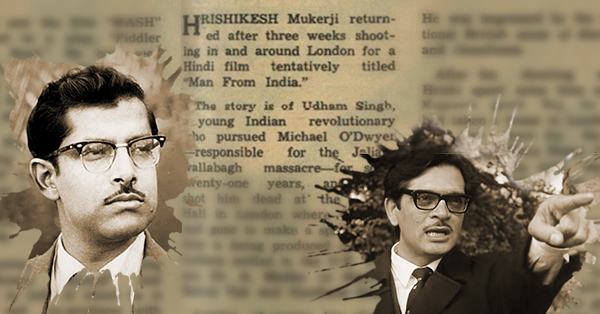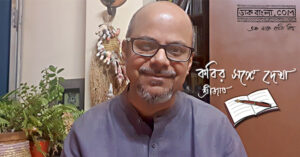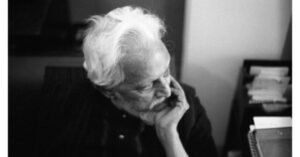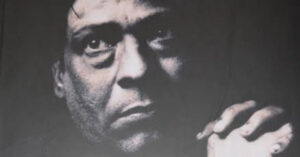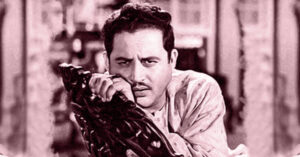In the discussions about the new film about Udham Singh (Shoojit Sircar’s Sardar Udham), it is worth looking at one of Hindi cinema’s most intriguing uncompleted films: the Hrishikesh Mukherjee-directed Man from India, which was partly shot in London in 1970 but eventually shelved. The film was about Udham Singh, played by Parikshit Sahni – who went by the screen name Ajay Sahni at the time.
Man from India was never finished for reasons that remain unclear – depending on which sources you consult, it had to do with either Hrishi-da’s poor health or the large finances involved or just a growing indifference towards the subject matter. However, years later, one of the producers, Balraj Tah, decided to complete it himself – with the aid of some of Hrishi-da’s regular collaborators like Gulzar and cinematographer Jaywant Pathare, and with star value added in the form of Vinod Khanna and Shabana Azmi, who got top billing despite having supporting roles.
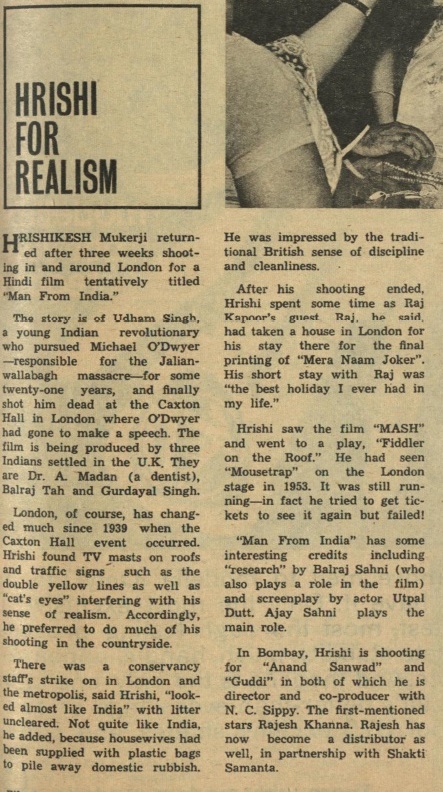
The result was a remarkably schizophrenic film titled Jallian Wala Bagh, completed in 1977 but released in 1987 after many starts and stops – and promptly sinking out of sight, even though it came out at a time when there was great interest around Vinod Khanna’s comeback to Hindi cinema. Though it is a serious-intentioned work with its heart in the right place, the need to balance serious treatment of a historical subject with sops to a mass audience is evident throughout: for instance, it opens with a rambunctious music score accompanying the opening credits, which seems very incongruous for a film about the 1919 massacre and its aftermath. This finished version (available on YouTube) even includes a bit of the footage that Hrishi-da had shot years earlier, which should add to a viewer’s confusion: in the framing scene where Udham Singh is being tried for murder in 1940 (with VK Krishna Menon defending him by speaking Hindi to surprised-looking British jurists), Parikshit Sahni looks very young; but he looks older and bulkier in the flashback scenes where Udham Singh is supposed to be much younger.
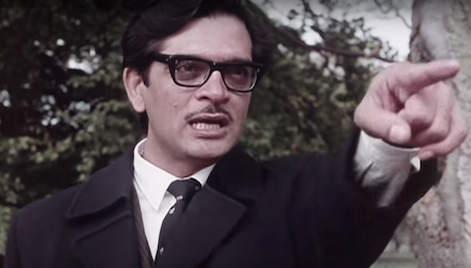
The film is definitely a curio though, and not a completely unrewarding one, especially if you know about its convoluted history – and if you wish, like I do, that Hrishikesh Mukherjee had made another film with the historical sweep and the stately novelistic pacing of Satyakam before moving on to the cosier, smaller-scale, house-bound works of the 1970s and 80s that most people now associate him with. Perusing news articles from that period and even years afterward, one often reads about some of the more ambitious projects that Hrishi-da had his eye on. Unfortunately, as physical immobility caused by gout made it easier for him to shoot “small” films, often in his own house, he may have become diffident about pulling off larger-scale projects. (The tackiness of a film like the 1978 Naukri, which was set in the 1940s but had no sense of period detailing, bears this out.)
One of the major points of interest concerns a very rare acting part for Gulzar (billed as Sampooran Singh Gulzar), who plays an associate of Udham Singh who points out Sir Michael O’Dwyer to him in London. Dressed in sleek black outfits, rallying against the crimes of the Empire in a scene set in Hyde Park, Gulzar shows quite a screen presence in this role, though his dubbing was apparently done by the actor Karan Razdan.
